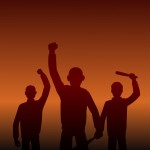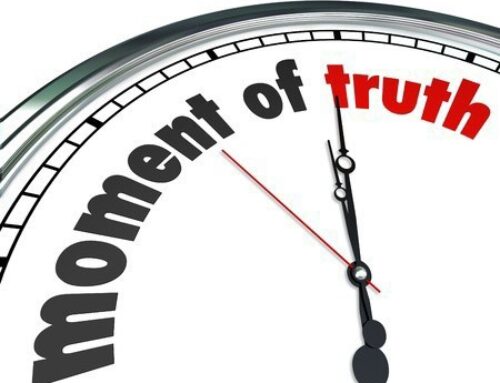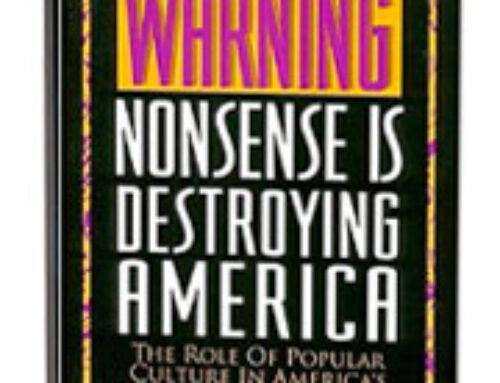 The root cause of the Baltimore riots of April, 2015 wasn’t the Mayor’s poor judgment. It was the erroneous beliefs that shaped her judgment.
The root cause of the Baltimore riots of April, 2015 wasn’t the Mayor’s poor judgment. It was the erroneous beliefs that shaped her judgment.
There is no question that Mayor Rawlings-Blake erred in giving “space” to those who “wished to destroy,” and in reportedly ordering the police to stand down and “let them loot” because “it’s only property.” But the important question is why she made those decisions—that is, what beliefs governed her thinking. I submit that those beliefs were, ironically, the same ones that fueled the protest:
- The belief that the best way to overcome anger is to express it. The Mayor seems to have believed, no doubt sincerely, that the act of destroying would ventilate the anger and resentment of the mob. Such a belief is hardly surprising. It became popular during the 1960s and 1970s and soon acquired the status of folk wisdom. In 1982, however, psychologist Carol Tavris published Anger: The Misunderstood Emotion, which examined numerous research studies and documented that the overwhelming consensus of researchers was exactly the opposite of the popular view. Expressing anger is much more likely to intensify it than to ventilate and dissipate it. The devastation done in Baltimore offers further, and tragic, documentation.
- The belief that thinking something is true makes it true “for us.” The Mayor’s reluctance to exert firm control over the protestors suggests that she harbored this belief—that is, that she viewed the protest as justified even though the investigation of Freddy Gray’s death had not been completed and the protestors were acting on unsubstantiated assumptions.
- The belief that people have a right to behave as they wish without concern for the impact of their behavior on others. This belief derives from the view that self-esteem is of paramount importance and any lessening of it, such as by self-examination and self-criticism, is emotionally harmful. In teaching these notions about self-esteem, parents and teachers have spawned millions of adults who justify everything they do. Even those who hold a more responsible view, as I assume the Mayor does, may be intimidated by our culture’s emphasis on rights and reluctant to seem authoritarian. This may help to explain why the she “gave space” to the “destroyers” and enabled them to smash, burn, and loot.
These three false beliefs are important not just because of their role in the mayhem in Baltimore, but also because of their influence in virtually every other occasion of social unrest. It is time for Americans to recognize that influence and not reflexively blame all social unrest on poverty, inadequate education, unemployment, and/or discrimination.
The good news is that more than a few African-American leaders are leading the way in this recognition. A few examples: Milwaukee Sheriff David Clarke has argued that scapegoating the police serves only to obscure the real problems of the African-American community. Bishop E. W. Jackson, founder of StandAmerica, notes the irony that racial unrest is worsening at the very time when an unprecedented number of African-Americans are serving in high office, and he concludes that inner city issues are not resolved simply by electing black leaders.
Finally, former civil rights activist Joe Hicks recently said of the Baltimore riots: “Dr. King has got to be spinning in his grave” at the spectacle of “thugs, punks, [and] hoodlums acting like idiots” under the banner of justice. He also criticizes national leaders such as President Obama, Attorney General Eric Holder, and major civil rights figures for “buying into” the false notions that fuel riots.
Copyright © 2015 by Vincent Ryan Ruggiero. All rights reserved

